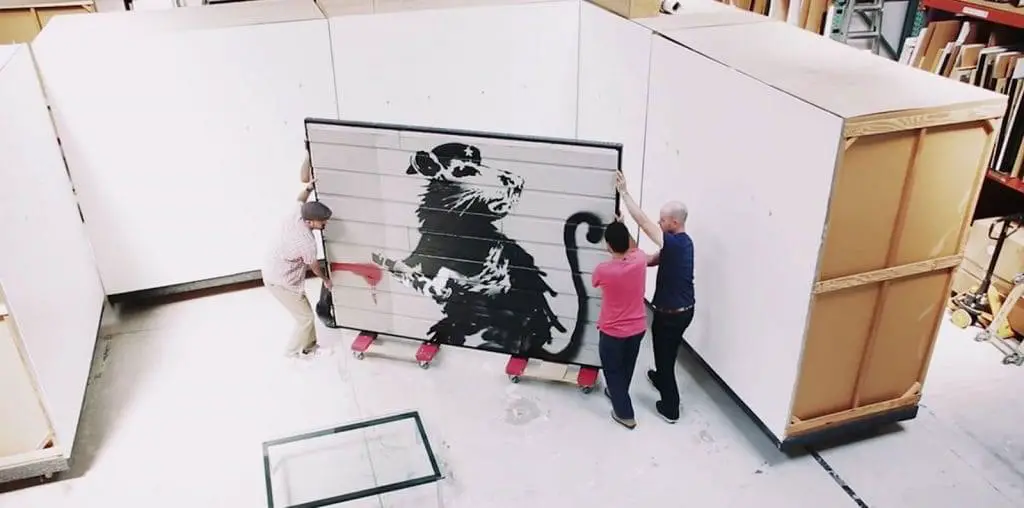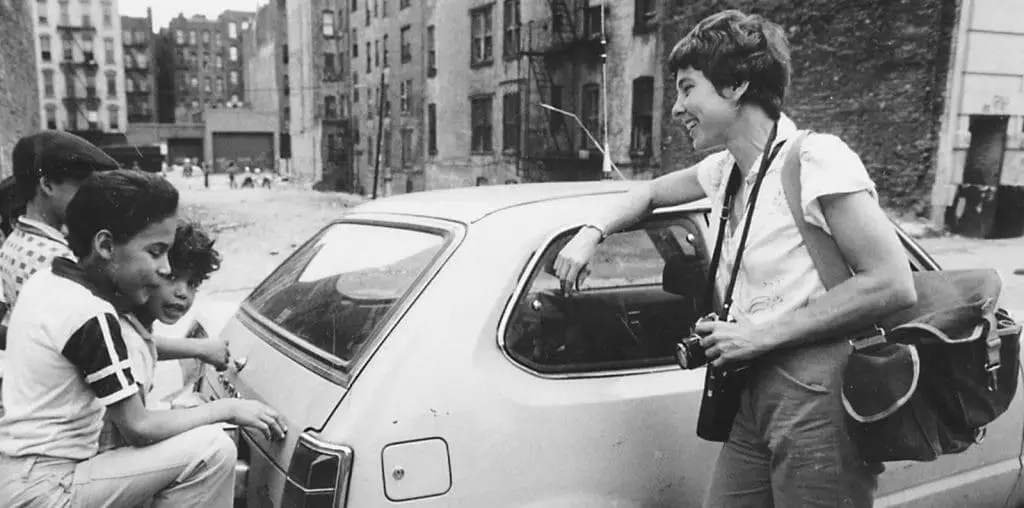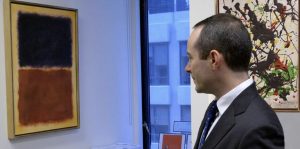
Lies, forgery, and an 80-million-dollar art scandal play out in Daria Prince’s high-class documentary, Driven to Abstraction. Covering the “art scandal of the century,” the film follows the motivations of Ann Freedman and Glafira Rosales, as the two sold over 40 forged masterpieces to the unsuspecting art community. With names like Jackson Pollock, Mark Rothko, and Andy Warhol (to name a few) among the forged paintings, Driven to Abstraction brings experts and legal counsel to dissect the true motives and depths of these high-culture criminals.
The film opens with a series of expert testimonies, as each relay their experiences with Ann Freedman and the famous Knoedler Art Gallery. These experts refer to Ann as “one of the most powerful women in art,” and this, despite a few questionable pieces, put her “above suspicion.” The experts weave a tale of a mysterious art collector, “Mr. X Jr.,” and a collection that would make even the most prestigious art galleries jealous or suspicious.
As the narrative unfolds, clients and art dealers discovered each of the paintings from the “Mr. X Jr.” collection were forgeries created by Chinese artist Pei-Shen Qian. Qian was commissioned by art dealer Glafira Rosales, who then sold these forgeries to Ann Freedman at beyond a discounted price. After uncovering the fakes, the scandal would earn the title “the largest hoax in art this century,” leaving the art world shaken and Knoedler out of business.
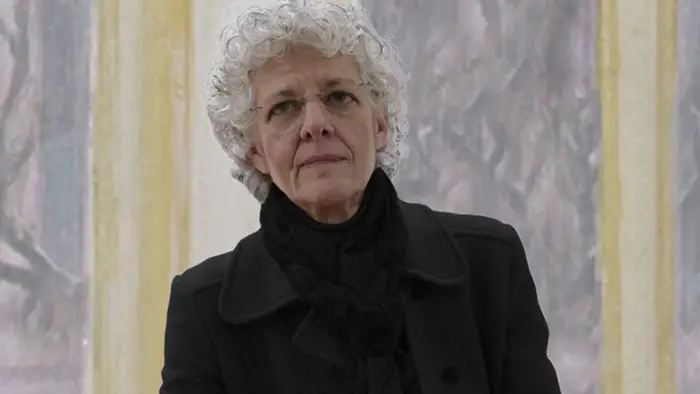
“…follows the motivations of Ann Freedman and Glafira Rosales, as the two sold over 40 forged masterpieces…”
Prince goes to great lengths to exhibit a sophisticated story of art and crime. Throughout the film, Prince uses her experts to show all the motivations – and the layers to those motivations – of Freedman and Rosales through every painting in question and in every key moment of the trials that follow. Driven to Abstraction spares little detail in outlining the complexities of doing business inside (and behind closed doors) of the art world.
The film even establishes its art gallery aesthetic early with its score, often displaying the experts and the art with a soundtrack of light jazz or string quartets. Despite the lies and forgery, the soundtrack captures the essence of the community of Freedman and Rosales exploited with such ease.
Driven to Abstraction, more than anything, is a film for art aficionados. The film assumes early on that the viewer is familiar with the artist, galleries, and even terminology used throughout. If you are a fan of art, the lack of handholding can be very refreshing; however, if you are unfamiliar with the scene, some of the more detailed moments make you lost. If you are looking for a glamourous or stylish documentary of high-class crime, Driven to Abstraction will not fill your quota.
However, if you are an art fan or dealer with an interest in the Knoedler Gallery and the murky dealings of the up-scale art game, this will provide plenty of insight. I felt the concept of this documentary was quite fascinating, but at times the film comes across as a series of lectures by art experts, rather than a narrative of “the art hoax of the century.”
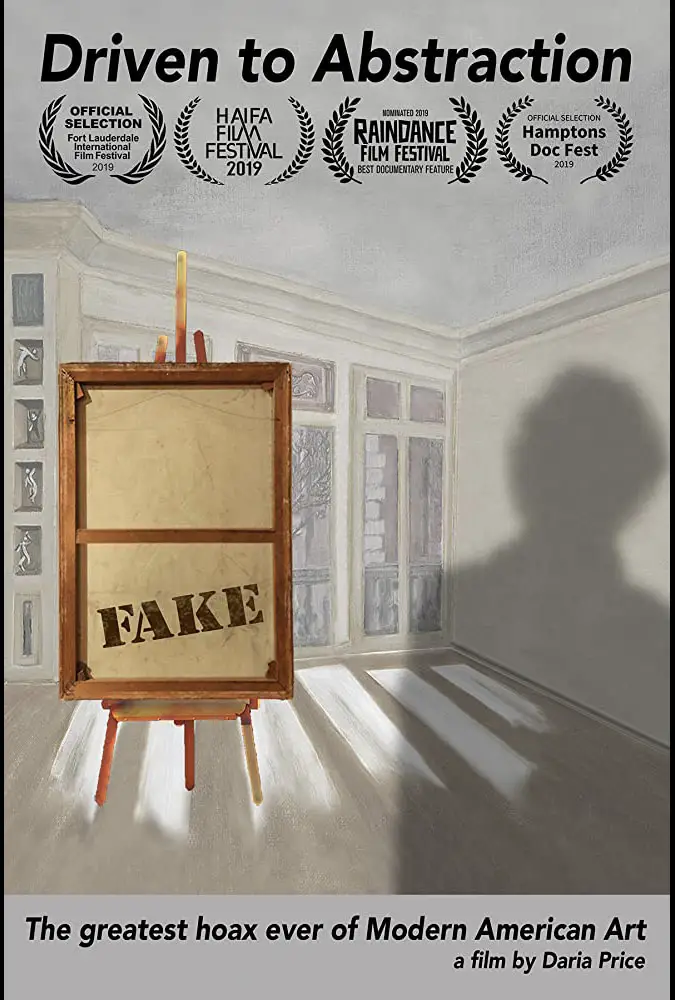
"…the concept of this documentary was quite fascinating..."

